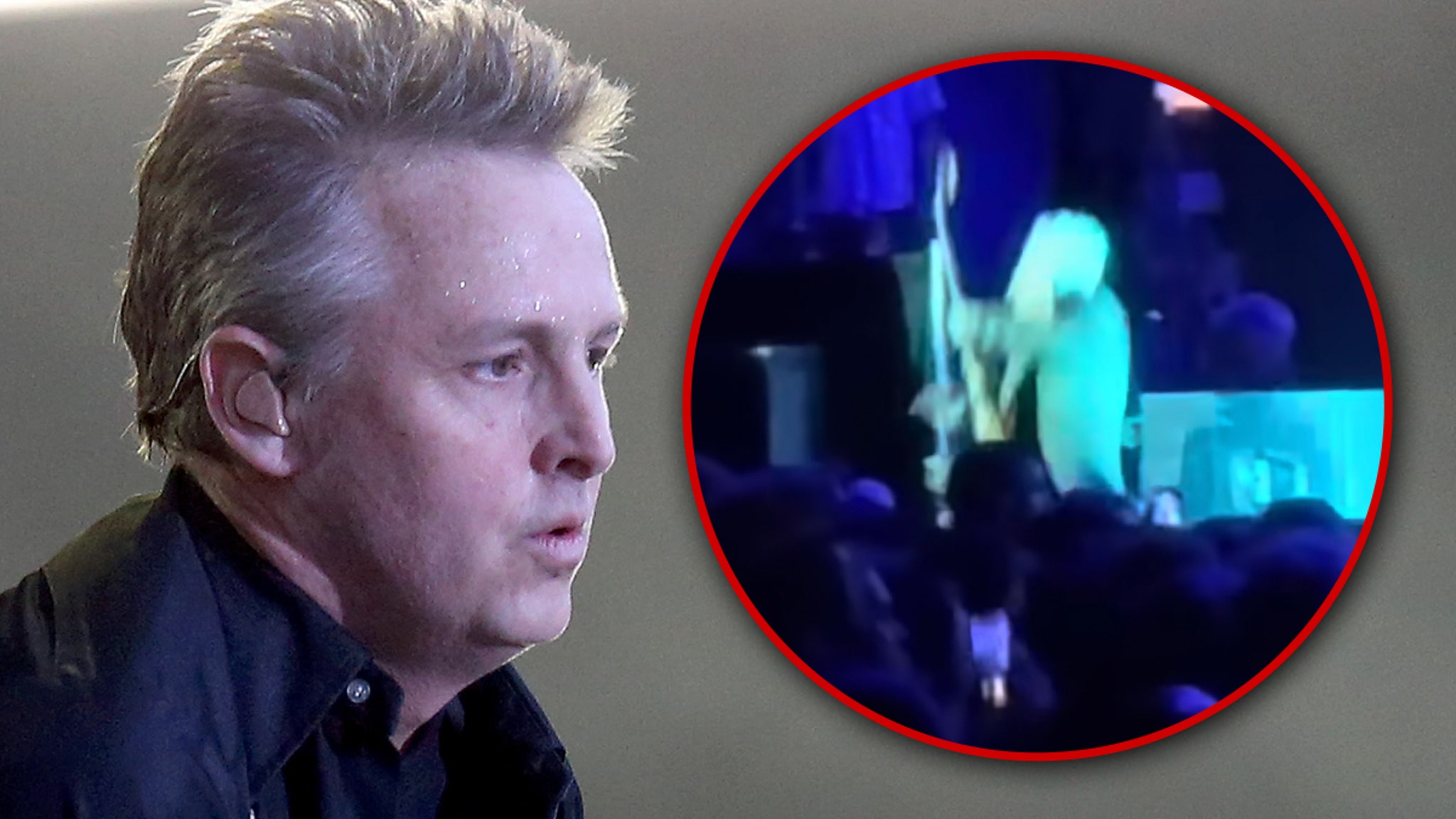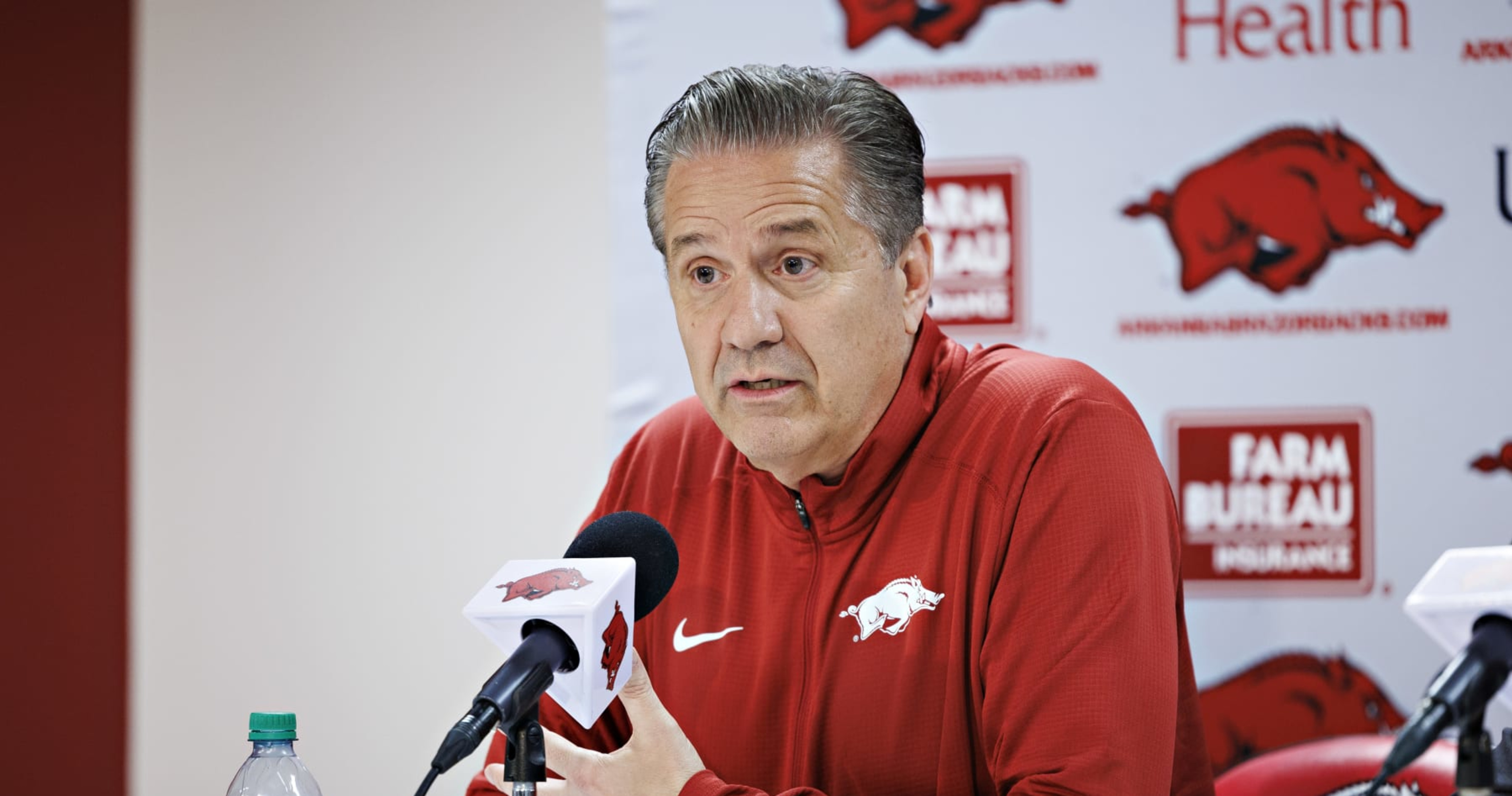Lifestyle
Watch a tense romantic triangle play out on the tennis court in 'Challengers'

Art (Mike Faist), Tashi (Zendaya) and Patrick (Josh O’Connor) are embroiled in a love triangle in Challengers.
Metro Goldwyn Mayer Pictures
hide caption
toggle caption
Metro Goldwyn Mayer Pictures

Art (Mike Faist), Tashi (Zendaya) and Patrick (Josh O’Connor) are embroiled in a love triangle in Challengers.
Metro Goldwyn Mayer Pictures
As much as I liked his Suspiria remake and his cannibal thriller Bones and All, it’s nice to see the Italian director Luca Guadagnino make a movie that doesn’t end with buckets of blood. His new sports movie, Challengers, instead comes drenched in buckets of sweat, and it’s the most purely entertaining thing he’s made in years. It gives us a romantic triangle set in the world of tennis, and it stars three superb actors in roles that are as athletically demanding as they are emotionally rich.
It begins on a tennis court in New Rochelle, a town just north of New York City, the site of a prestigious second-tier competition known as a Challenger tournament. On one side of the net is Art Donaldson, played by Mike Faist. Art has won three of the four Grand Slam events but has now hit a bit of a slump. He’s squaring off against his former best friend, Patrick Zweig, played by Josh O’Connor. Patrick hasn’t had as illustrious a career as Art, but he may well be the more gifted player.

Watching them anxiously from the stands is Art’s wife and coach, Tashi Duncan, played by Zendaya. It’s clear that these three characters have some complicated history, which Guadagnino and the screenwriter Justin Kuritzkes proceed to unravel through a dizzying array of flashbacks.
And so we jump back 13 years to when Art and Patrick are buddies and doubles partners. Around this time they meet Tashi, a terrific tennis player who’s about to begin her first year at Stanford. The boys begin a friendly competition for Tashi’s affections, which the more confident Patrick initially wins. But after various ups and downs, including a twist that derails Tashi’s tennis career, she winds up marrying Art and becoming his coach. Now, years later, this fateful Challenger tournament has brought the estranged Art and Patrick face-to-face once more. It’s here that Patrick privately confronts Tashi and makes a startling proposition, asking her to be his coach.

Even when all the toggling between past and present gets a little repetitive, Challengers throws off an unstoppable energy. In the tennis scenes, the camera seems to be everywhere at once, and a hypnotic techno score, by Trent Reznor and Atticus Ross, pulses and surges beneath the action. And like Guadagnino’s Call Me by Your Name, Challengers has a forthright sensuality that reminds you how sexually timid most mainstream American movies are by comparison.
There isn’t all that much sex in the film, but there’s so much erotic tension and atmosphere that it doesn’t matter. Guadagnino is a master of the tease — and so, it turns out, is Tashi. In one early, flirty scene with the three of them, Tashi not only maintains the upper hand, but also reveals that these two dudes might be more attracted to each other than they let on. As the years pass, though, their youthful desire for Tashi gives way to a deeper need.
As Art, Faist shows as much live-wire physicality here as he did in the West Side Story remake, though his performance becomes more melancholy over time as Art faces his limitations. O’Connor, by contrast, is all swagger as Patrick, forever leading with his devilishly charming smile. And then there’s Zendaya, who’s so brilliant in her early tennis scenes that I wish Tashi hadn’t been sidelined and forced into playing the role of mentor and muse to two men. But as in the recent Dune: Part Two, Zendaya keeps you watching with her mix of fierce intelligence and emotional uncertainty — over who will win the match, and what it might mean for her future.
Will Tashi stick with Art, the safe, skillful player who may not have the gumption to be one of the all-time greats? Or will she return to Patrick, the superior but more volatile talent? The movie resolves this quandary in a grand finale that’s at once thrilling and maddening in the way it pushes this triangle and this tennis match to the breaking point. But by then, you can’t blame Guadagnino for loving his characters so passionately, or feeling so reluctant to let them go. If it were up to him, the game would never end.

Lifestyle
A High Stakes Obstacle Course, for Dogs

The dogs in the event, which has typically been dominated by Border collies, are grouped by height rather than breed, creating a more chaotic vibe than the rehearsed perfection of the regular dog show.
Lifestyle
Pearl Jam Guitarist Mike McCready Falls Hard Offstage During Guitar Solo

Pearl Jam’s guitarist fell hard off a stage while the band was performing in the Great White North — and the worst part is … the whole thing was caught on video.
Mike McCready was seen rocking out during his band’s recent Vancouver show — where he was in the middle of a guitar solo for “Porch.” He was feeling the music as he made his way confidently towards the crowd … but it seems he lost track of the stage.
Check it out … unfortunately, Mike makes a misstep and tumbles off the stage, disappearing from sight. It looks like a brutal landing too — ’cause the guy was definitely not expecting it.
Mike gets pulled back on the stage by a nearby roadie, giving a slight shake of his head before continuing on. His recovery was pretty impressive … as he continued on with no problem — but kept his distance from the edge of the stage for the remainder of the song.
Waiting for your permission to load the Instagram Media.
It isn’t surprising the moment went viral … as Pearl Jam’s stop in Vancouver was totally sold out last week.

Mike will have a chance to redeem himself, since Pearl Jam is on a big tour this summer. The rock legends are taking their new record, “Dark Matter,” on the road … with their next stop in Sacramento, Calif.
After a few dates in the U.S., Pearl Jam is heading overseas with planned stops in the United Kingdom, Ireland, Germany, Spain and Portugal. The tour will wrap up in November in Australia — with one of the dates already sold out.
Here’s hoping those dates have a little less gravity and a little more even flow.
Lifestyle
My Octopus Teacher's Craig Foster dives into the ocean again in 'Amphibious Soul'


The film My Octopus Teacher tells the story of a man who goes diving every day into the underwater South African kelp forest and forms a close relationship there with an octopus. That man — the diver, and also the filmmaker — was Craig Foster, who delighted millions of nature lovers around the world and took home the 2021 Academy Award for Best Documentary Feature.
Now in a new book, Amphibious Soul: Finding the Wild in a Tame World, Foster describes the entire ecosystem of the Great African Seaforest at the Cape of Good Hope in South Africa, and the transforming role it has played in his quest to seek wildness. As the book’s amphibious title hints, Foster is as much (maybe more) at home in the ocean as he is on land.
Foster’s incredible engagement with seaforest creatures comes through beautifully in this account. Every day for months, he recounts, he “visited the crack in the rock where a huge male clingfish lived,” and the fish became quite calm in his presence. “Returning to the same places, watching for subtle changes, and continuing to ask questions replenishes my curiosity,” he writes.
Foster’s profound tie to place reminds me of birders who closely attend to nature in their own yard or local park. Indeed, Foster underscores that any of us can find wildness where we live: “We can all develop a more playful relationship with nature, whether that means collecting crisp leaves or smooth rocks to use in our artwork or watching the squirrel perform acrobatics outside our window.”
Nature’s healing power is a focus for Foster and an immensely personal one. Before he had any thoughts of My Octopus Teacher, he was burned out on long grinding hours of film-making work. He found relief in cold immersion, both in the ocean and in a home-made box containing icewater. Later though, after the immense global attention to the octopus film and therefore to him, he suffered from insomnia so pronounced that some nights he managed only 10 minutes of sleep. His body and mind were breaking down and felt a strong pull to find his way back to the wild.

To become fully immersed in the story of his quest for wild healing, it’s necessary to go with Foster’s flow and accept his constant, near-mystical reverence for “our ancestors.” I read with a wild-seeking heart his belief that modern-day humans can recover an ancestral link to wild creatures — but also, inescapably, I read with an anthropologist’s sensibilities. Is it possible to replicate “humanity’s natural state?” Is there a singular way to describe our ancestors’ experiences with animals? Given the long sweep of human evolution, which ancestors exactly?
Might there be a hint of romanticizing the past here? Foster writes of “our nonviolent origins” and adds that it was “only with the advent of agriculture that the reciprocity with the wild that we’d enjoyed for some 300,000 years began to break apart — and with it, our psyches.” Yet there’s serious anthropological scholarship that argues warfare began 200,000 or 300,000 years ago, far longer ago than the start of agriculture around 12,000 years ago.
A stronger thread in the book is the powerful connection to nature that comes with tracking. At first, I thought Foster meant looking only for animal tracks in the dirt, mud, or snow, but his definition is more comprehensive, and eye-opening: “any clue left by any creature or plant, sand or rock.” Running water also may leave a track, or lightning hitting a tree.
For an amphibious soul, the height of joy comes with underwater tracking: Foster taught himself to see tracks of mollusks in the sand atop the back of a stingray, or an octopus’s predation marks on a shell. How magnificent to see the undersea universe in such detail! Once again, Foster broadens out from his own experience to encourage the rest of us: “Just start small and chip away,” Foster advises. In addition to looking for ground tracks, “seek out marks on plants, trees, rocks, or walls.”
Foster’s writing is rooted in his own learning from an array of mentors, including Indigenous individuals, and in a wish to share and spread his joy in nature. A spirit of generosity suffuses the book.
It’s probably thanks to an octopus that Amphibious Soul is out in the world. Foster invites us now to recognize the intrinsic value of the Great African Seaforest ecosystem as a whole — and of all ecosystems that enshrine wildness.
Barbara J. King is a biological anthropologist emerita at William & Mary. After writing about animal grief and love, and how all of us may bring about greater compassion for animals, she is now writing about cats for her 8th book. Find her on X, formerly Twitter @bjkingape
-

 Education1 week ago
Education1 week agoHow Counterprotesters at U.C.L.A. Provoked Violence, Unchecked for Hours
-

 Politics1 week ago
Politics1 week agoAustralian lawmakers send letter urging Biden to drop case against Julian Assange on World Press Freedom Day
-

 World1 week ago
World1 week agoBrussels, my love? Champage cracked open to celebrate the Big Bang
-

 Politics1 week ago
Politics1 week agoHouse Dems seeking re-election seemingly reverse course, call on Biden to 'bring order to the southern border'
-
News1 week ago
A group of Republicans has united to defend the legitimacy of US elections and those who run them
-

 World1 week ago
World1 week ago‘It’s going to be worse’: Brazil braces for more pain amid record flooding
-

 Politics1 week ago
Politics1 week ago'Stop the invasion': Migrant flights in battleground state ignite bipartisan backlash from lawmakers
-

 World1 week ago
World1 week agoGerman socialist candidate attacked before EU elections














